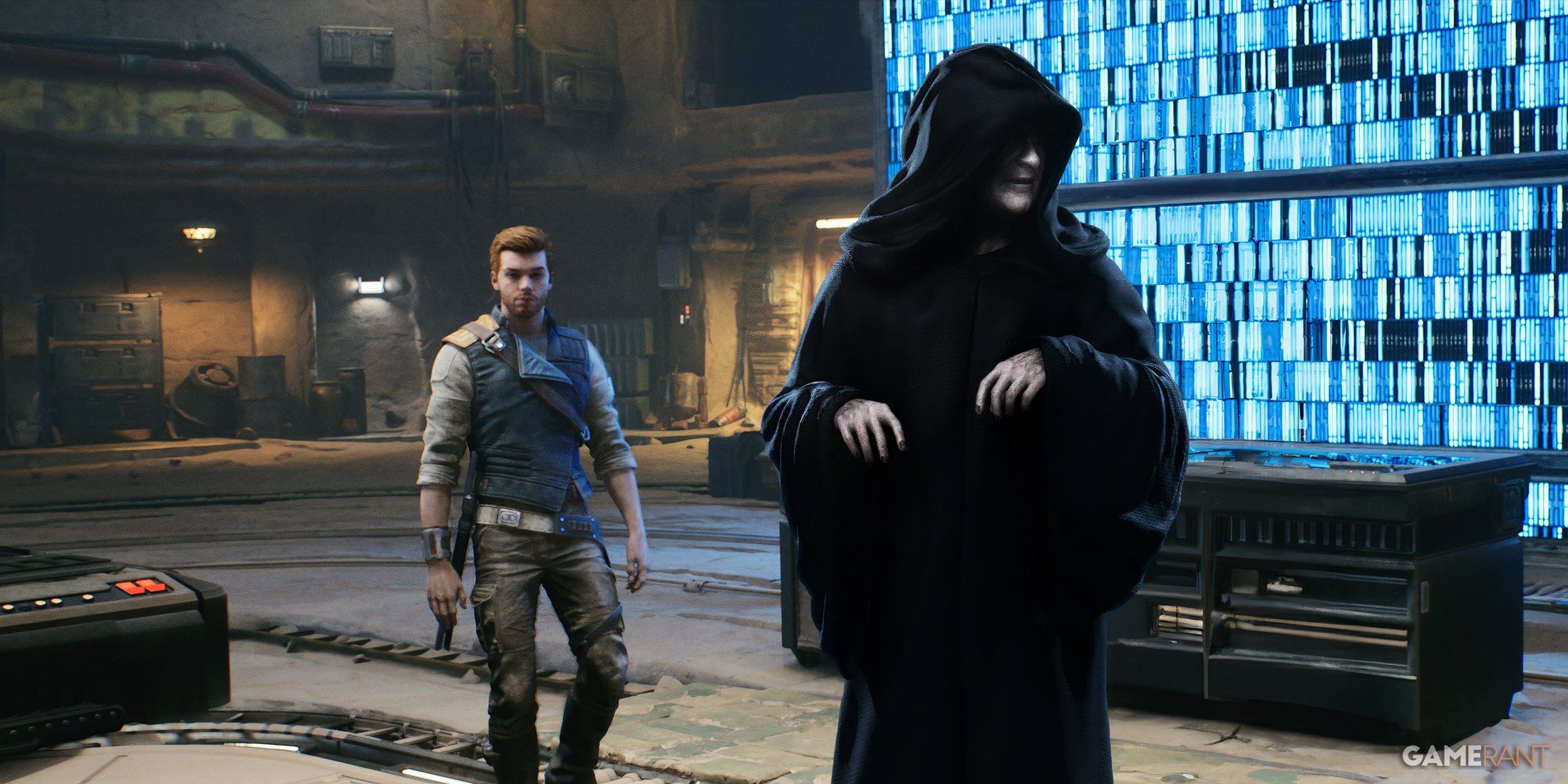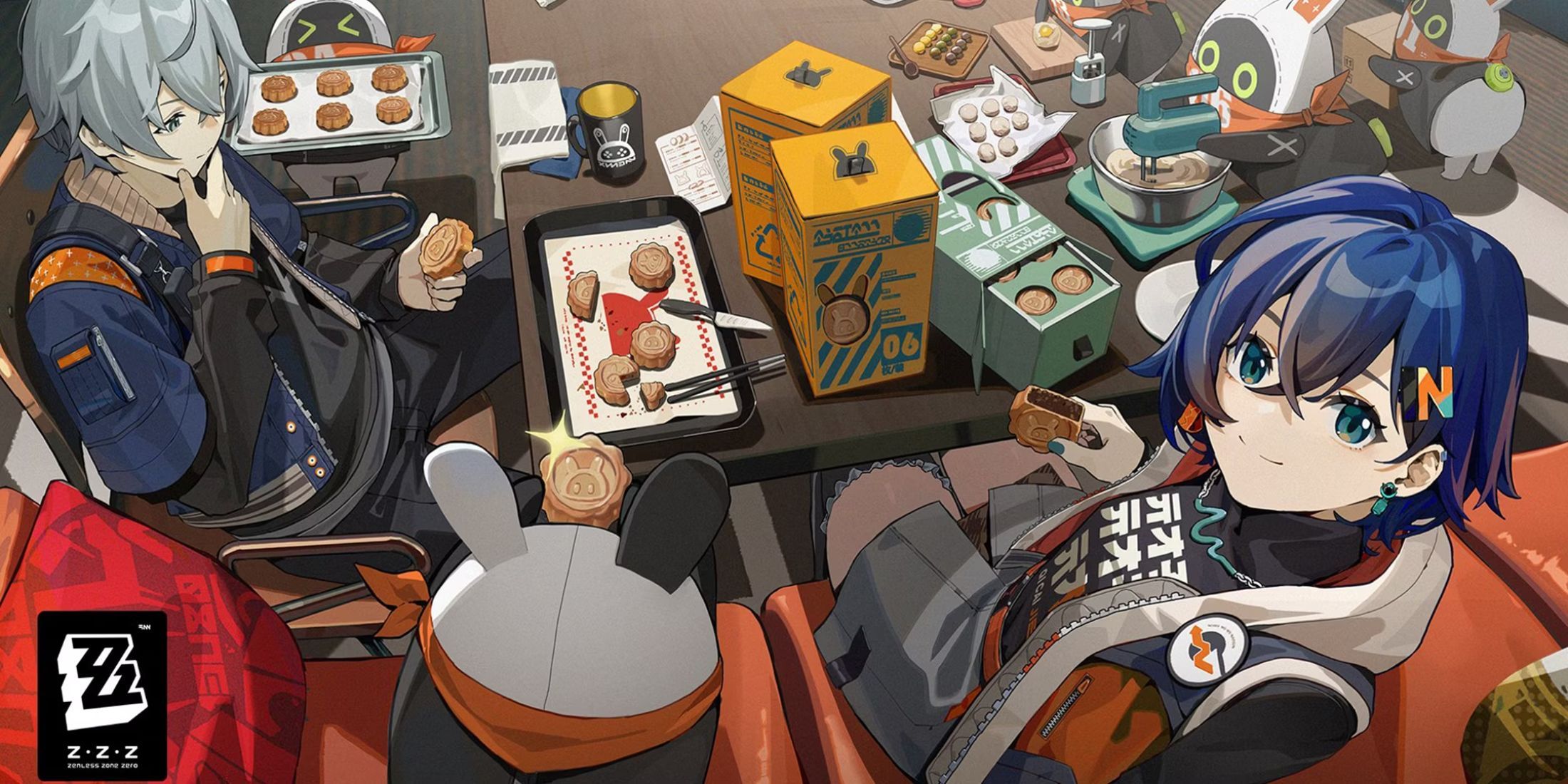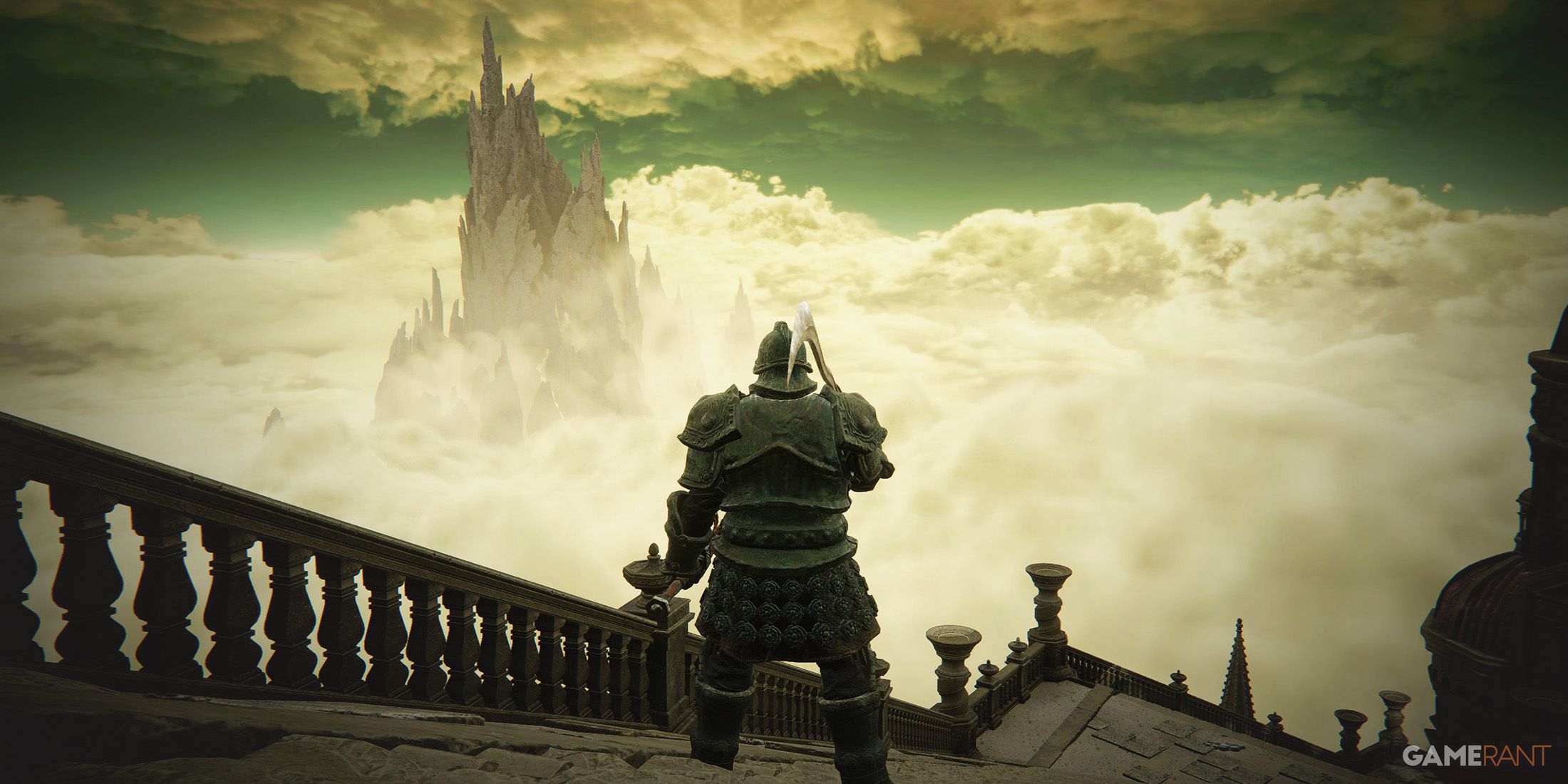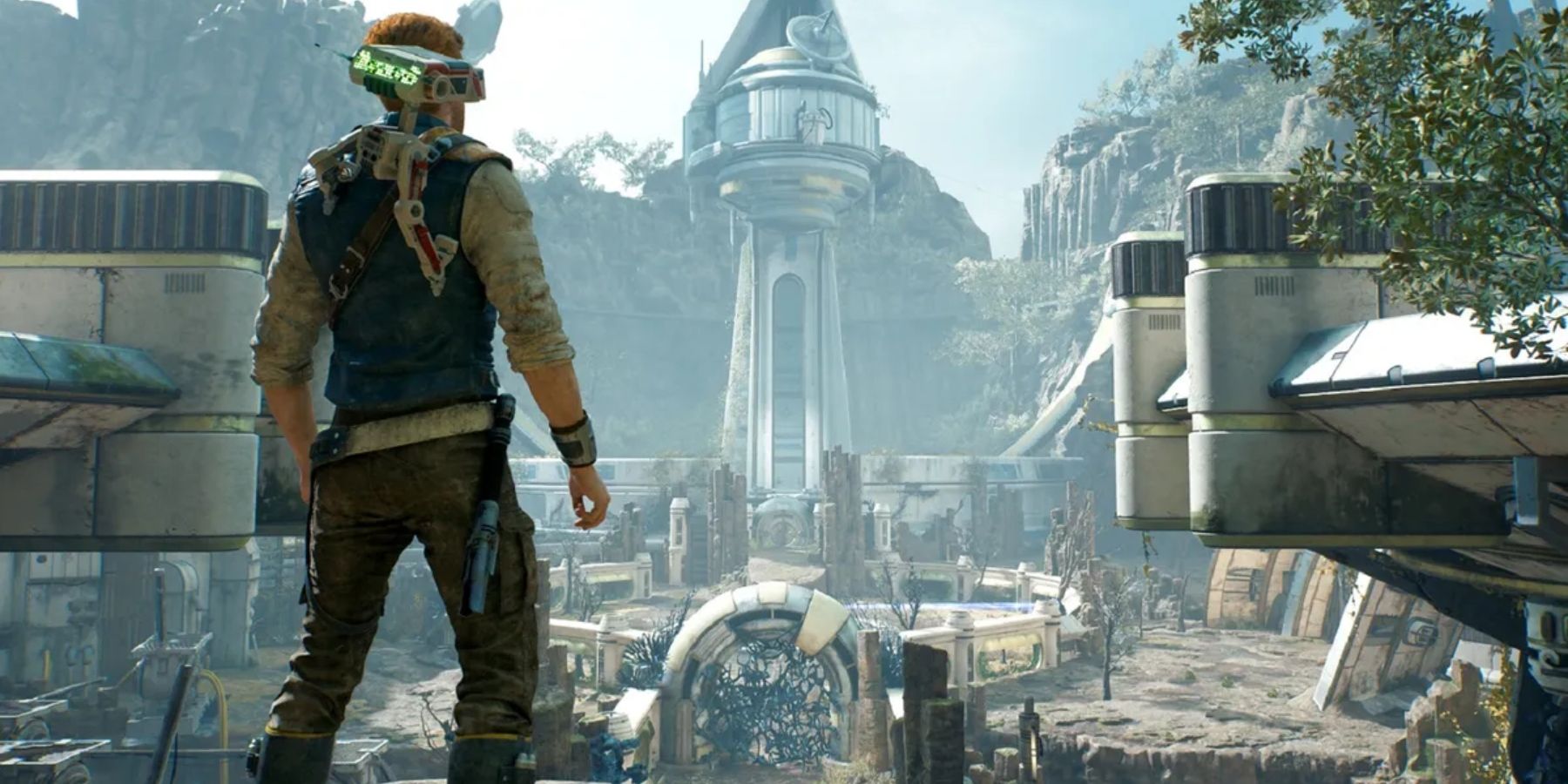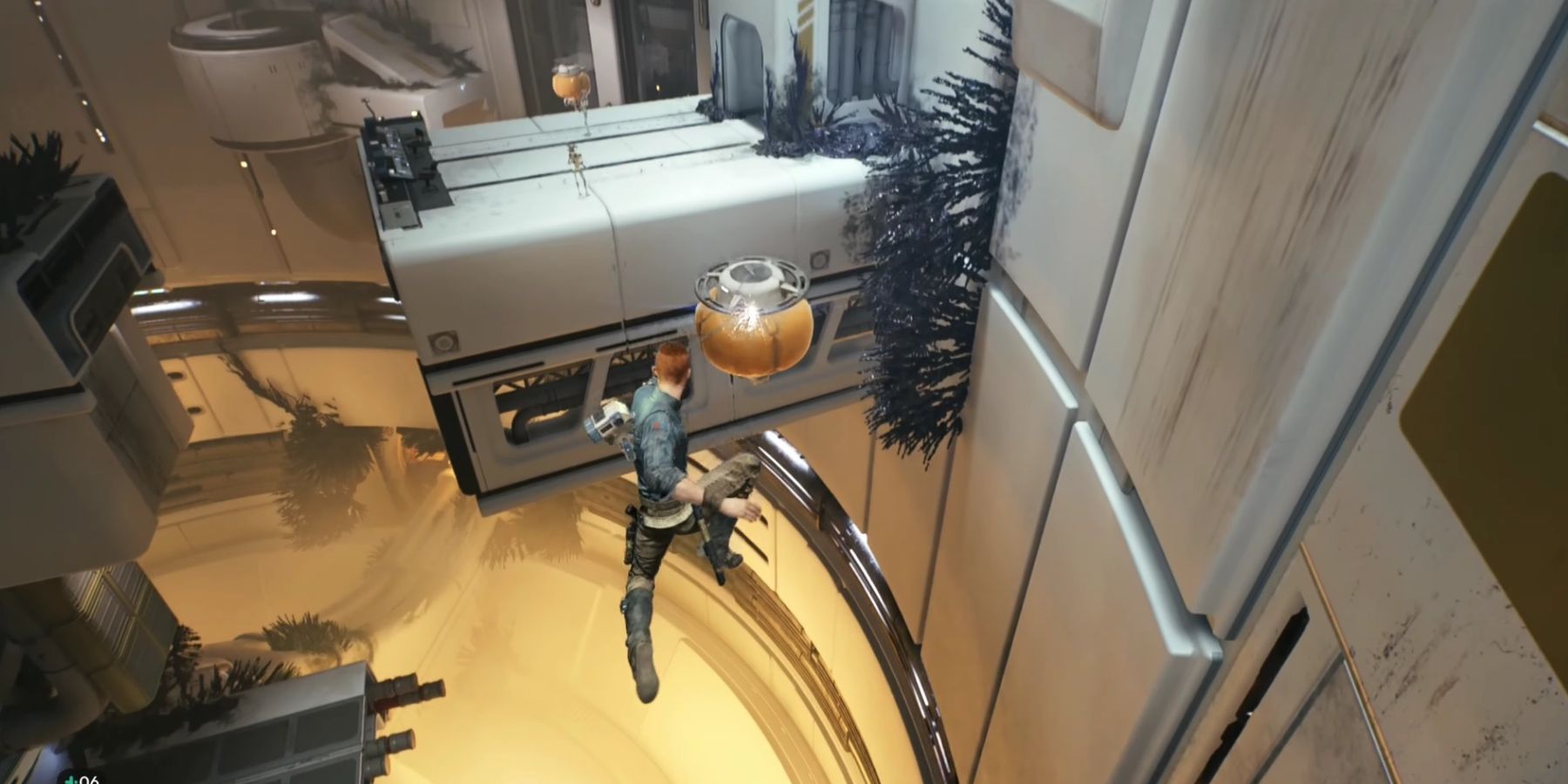One of the biggest criticisms of Star Wars Jedi: Fallen Order upon its initial 2019 release was that it was a game that was simply trying to do too much at once. Fallen Order took heavy inspiration from Dark Souls for its combat, looked to Uncharted for its climbing mechanics, and followed classic Star Wars video games like Jedi Knight in their portrayal of what it means to be a Jedi from a character and narrative perspective. And while Star Wars Jedi: Survivor still wears all of these influences on its sleeve, it expands and improves on them in some major ways, and nowhere is this more evident than with its Metroidvania level design.
Popularized by the phrase's two namesakes, Metroid and Castlevania, the Metroidvania genre often refers to an open-world game that locks players out of certain areas of the map until they progress further in the game and unlock some kind of new ability. By all accounts, Star Wars Jedi: Fallen Order was a Metroidvania game, albeit a half-baked one, and thankfully, Star Wars Jedi: Survivor goes out of its way to improve upon its predecessor's level design.
How Star Wars Jedi: Survivor Improves Upon Fallen Order's Metroidvania Level Design
Star Wars Jedi: Fallen Order was a Metroidvania at the very base level. Across each of the game's planets, players would often run into some kind of obstacle that blocked their path forward. This could be a path related to the main objective, or side content like collectibles. To gain access to these new areas, players would need to progress further in Star Wars Jedi: Fallen Order's story, eventually unlocking new tools and Force abilities that would then allow them to travel back and access these paths. But Star Wars Jedi: Fallen Order's Metroidvania level design wasn't entirely fleshed out, with progression feeling quite linear.
Star Wars Jedi: Survivor takes the groundwork laid by Fallen Order, and expands on it greatly. In some cases, Jedi: Survivor features an even more linear approach to a Metroidvania level design than its predecessor, but while this lacks depth, it does make the experience feel a lot more streamlined, and a lot less overwhelming. For Star Wars Jedi: Survivor's smaller planets, like Shattered Moon, there are very few side paths to explore, leading to faster-paced gameplay. And with the addition of far more shortcuts than ever before, players will have a tough time getting lost in Jedi: Survivor, which was one of its predecessor's biggest issues.
But when it comes to Star Wars Jedi: Survivor's Jedha and Koboh, essentially the bigger planets, the Metroidvania influences are turned up to eleven. Multiple side paths litter every inch of these planets' maps, some of which are locked behind doors that require future abilities to access. But unlike Jedi: Fallen Order's version of this obstacle, Jedi: Survivor still requires some skill from the player to access many of these areas even with the necessary abilities equipped, as some of these areas are locked behind compelling platforming puzzles. This makes Jedi: Survivor's exploration feel much more satisfying.
Another big improvement that Star Wars Jedi: Survivor makes over its predecessor's Metroidvania level design is what's actually behind those blocked paths. In Fallen Order, players would find a collectible or two at most behind locked doors. In Jedi: Survivor, players will still often find collectibles, but they'll also stumble upon legendary bosses, challenging Force Tears, and very occasionally, entire 30-minute long side missions like the one in Phon'Qi Caverns. By rewarding players with additional gameplay opportunities, Star Wars Jedi: Survivor's Metroidvania level design easily overshadows its predecessor's.
Star Wars Jedi: Survivor is available now on PC, PS5, and Xbox Series X/S

